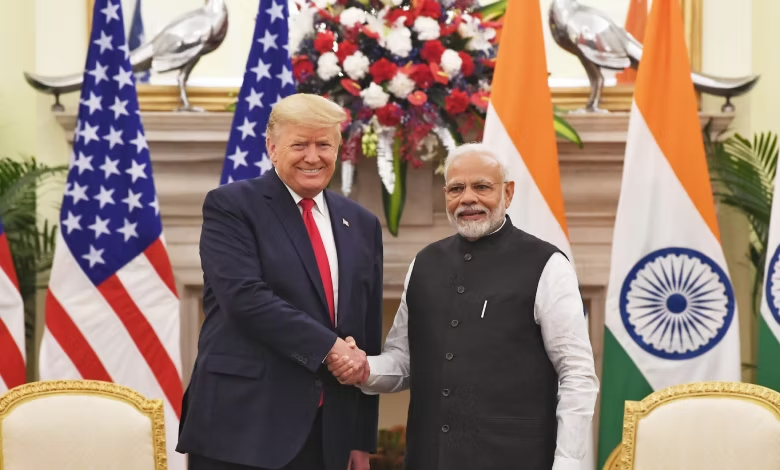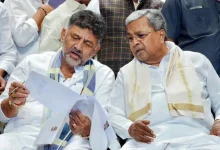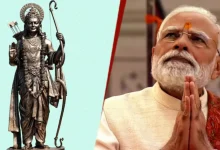
New Delhi: Nearly 20 years after its inception, the Indo-US nuclear deal has achieved a groundbreaking milestone. The US Department of Energy (DoE) has granted regulatory approval to Holtec International, an American company, to design and construct nuclear reactors in India, marking a significant advancement in bilateral energy cooperation.
On March 26, 2025, the DoE issued a pivotal permit to Holtec International, allowing the firm to share its cutting-edge small modular reactor (SMR) technology with India. Known for its expertise in nuclear reactor component design and production, Holtec also dominates the global market for storage and transport casks used for spent nuclear fuel.
Under the DoE’s approval, Holtec is permitted to collaborate with three Indian entities—Holtec Asia (its regional arm), Larsen & Toubro Ltd, and Tata Consulting Engineers Ltd—by sharing “unclassified SMR technology.” This arrangement operates under the stringent US regulation ‘10CFR810,’ with the authorization valid for a decade and subject to review every five years.
However, the US has stipulated a key condition: nuclear power plants developed through this partnership cannot be transferred to other entities in India or abroad without prior written approval from the US government.
Holtec had previously requested clearances to work with two Indian state-owned companies, the Nuclear Power Corporation of India Limited (NPCIL) and the National Thermal Power Corporation (NTPC), as well as the Atomic Energy Regulatory Board (AERB). The Indian government withheld these approvals, as Holtec lacked DoE permission at the time.
The foundation of this collaboration lies in the India-US Civil Nuclear Agreement, also known as the 123 Agreement, signed in August 2007 by then-Prime Minister Manmohan Singh and then-US President George W. Bush. Intended to promote full civil nuclear energy cooperation, the deal faced numerous legal and regulatory obstacles, delaying progress for nearly two decades.
Until this recent approval, the agreement allowed US companies to export nuclear reactors and equipment to India but barred them from designing or manufacturing nuclear technology within the country.
The momentum shifted in mid-February when Prime Minister Narendra Modi met with President Trump. The leaders unveiled a new initiative to foster “transformative change across key pillars of cooperation” and announced plans to build US-designed nuclear reactors in India. They reaffirmed their commitment to the 123 Agreement, emphasizing its role in peaceful nuclear collaboration since 2007.
Both Modi and Trump underscored the importance of energy security for economic prosperity, social well-being, and technological advancement in their nations. They highlighted the need for affordable, reliable energy within stable markets.
To support this joint endeavor, the Indian government is exploring amendments to the Atomic Energy Act of 1962, which currently prohibits private investment in the country’s nuclear power sector.
India presently operates 22 nuclear reactors with a combined capacity of 6,780 MWe. This includes 18 Pressurized Heavy Water Reactors (PHWRs) and four Light Water Reactors (LWRs). The newest addition, Kakrapar Unit 4, became operational in February of the previous year.




